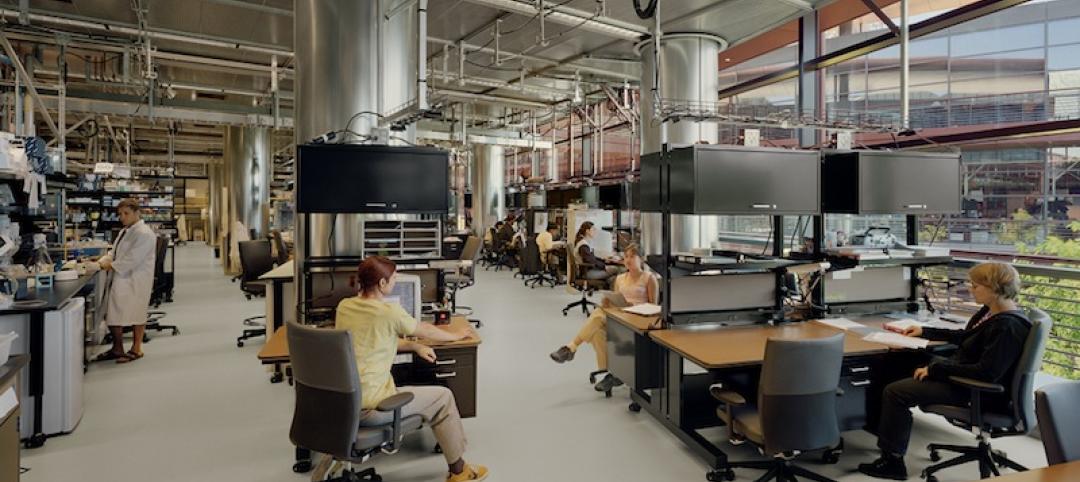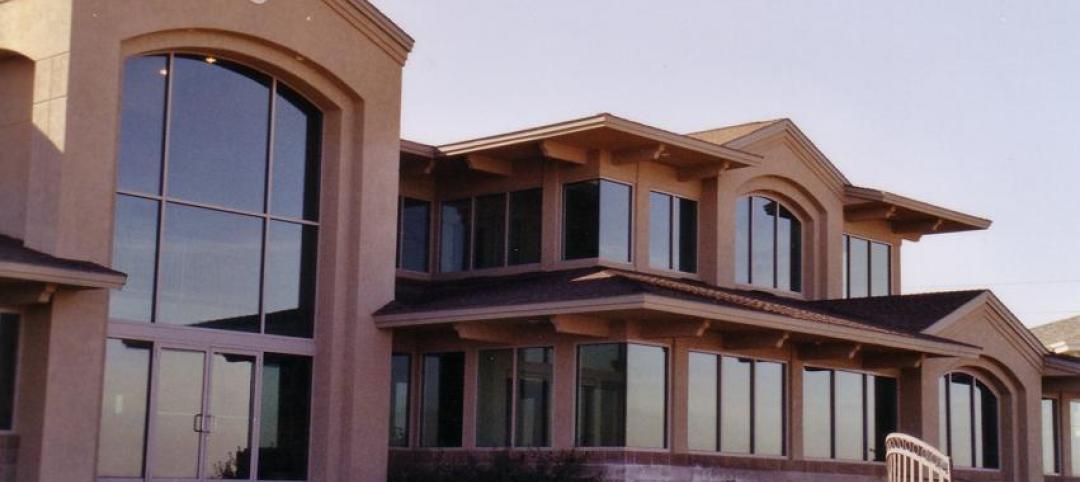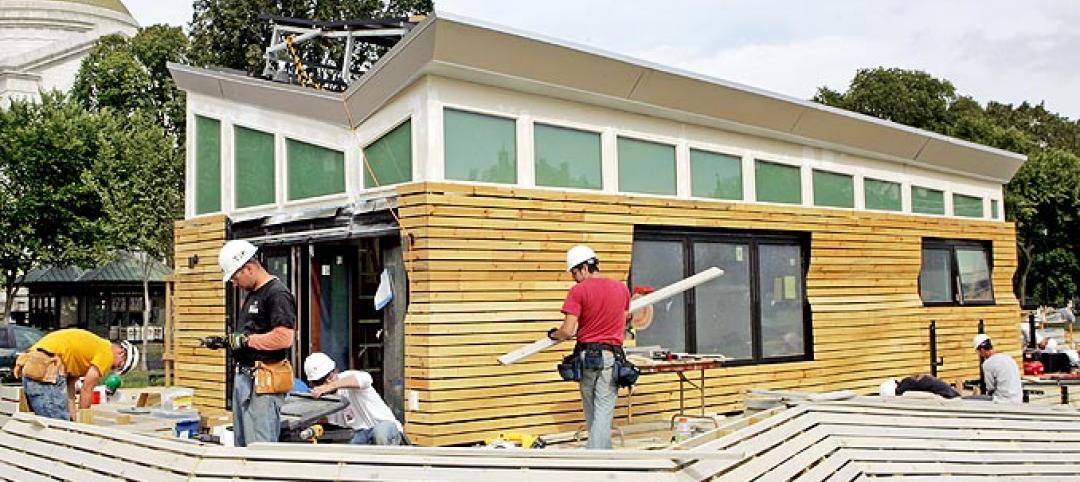Gilbane Building Company today announces the publication of the Winter 2012 edition of Construction Economics -- Market Conditions in Construction. Based on an array of economic data, construction starts, and material cost trends, this free report indicates an increase in construction spending over last year but cautions of an expected downturn again in early 2013.
According to the report, margins are up a slim 1% to 2% year over year for 2012. Once 2013 growth in nonresidential work picks up and both residential and nonresidential are active, the industry may begin to see some labor shortages and productivity losses, which will push up escalation. Also, as it did in 2012, even moderate growth in activity will allow contractors to pass along more material costs and increase margins.
Potential impact of recent events:
- According to the Associated General Contractors (AGC), Hurricane Sandy may not add any economic impact to the construction industry. For the most part, any funds directed to reconstruction will be diverted from some other potential or previously planned construction project and will be spread over a long time span.
- Bond issues considered in the recent elections amount to just over half ($30+ billion) of what was approved in 2008 elections ($60+ billion), signaling a reduction in publicly funded work.
- At the recent McGraw Hill Outlook conference, none of the economists expect the fiscal cliff to happen. However, sequestration or the compromises agreed upon will likely reduce funds available for federal and public projects.
Among the topics covered in this comprehensive report are:
- Construction Starts, Spending, & Costs
- Material Price Movement
- Trends and Costs for Structural Steel, Recycling Steel, & Copper
- Architectural Billings Index
- Current Inflation Forecast
- ENR Index -- BCI History
This free report is available for download at http://info.gilbaneco.com/construction-economics. +
Related Stories
| Mar 29, 2013
Pearce Brinkley Cease + Lee joins Clark Nexsen
Clark Nexsen, PC, headquartered in Norfolk, Va., has announced that the architecture firm Pearce Brinkley Cease + Lee (PBC+L) of Raleigh and Asheville, NC, has officially joined Clark Nexsen.
| Mar 29, 2013
Cuningham Group acquires NTD's healthcare practice, expands into key markets
The international design firm Cuningham Group Architecture, Inc. has announced that NTD Healthcare has the joined the company in a strategic expansion. A practice of NTD Architecture, NTD Healthcare joins Cuningham Group with three principals: Wayne Hunter, AIA, NCARB, ACHA and Phillip T. Soule, III, AIA, ACHA in San Diego, along with Maha Abou-Haidar, AIA in Phoenix.
| Mar 27, 2013
Small but mighty: Berkeley public library’s net-zero gem
The Building Team for Berkeley, Calif.’s new 9,500-sf West Branch library aims to achieve net-zero—and possibly net-positive—energy performance with the help of clever passive design techniques.
| Mar 27, 2013
RSMeans cost comparisons: college labs, classrooms, residence halls, student unions
Construction market analysts from RSMeans offer construction costs per square foot for four building types across 25 metro markets.
| Mar 26, 2013
Will Google Glass revolutionize the construction process?
An Australian architect is exploring the benefits of augmented reality in the design and construction process.
| Mar 24, 2013
World's tallest data center opens in New York
Sabey Data Center Properties last week celebrated the completion of the first phase of an adaptive reuse project that will transform the 32-story Verizon Building in Manhattan into a data center facility. When the project is completed, it will be the world's tallest data center.
| Mar 22, 2013
8 cool cultural projects in the works
A soaring opera center in Hong Kong and a multi-tower music center in Calgary are among the latest cultural projects.
| Mar 22, 2013
Earn $500 as a DOE proposal reviewer
The DOE'S Building Technologies Office this morning put out a call to the AEC industry for expert reviewers for its new energy-efficiency initiative for small commercial buildings, which make up more than 90% of the commercial building stock.

















